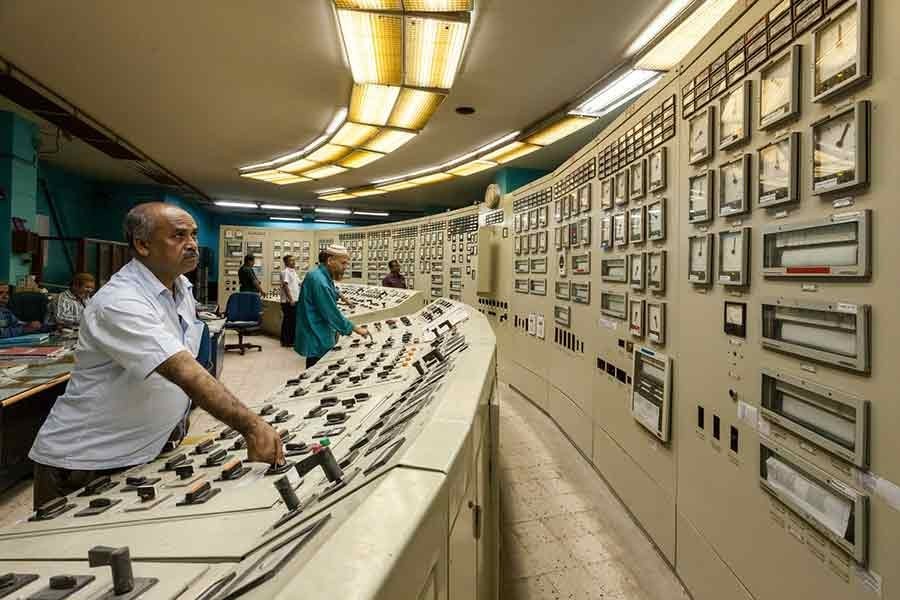Of late, loadshedding is being experienced daily as part of the government's policy to save fuel. But last week's power outage was different in scale and duration.
The probe committee formed by the Power Grid Company of Bangladesh (PGCB) is yet to find out why the six to eight hours long October 4's grid failure did happen.
The power supply failed, the power department people say, when one of the lines of Ghorasal substation tripped (meaning, it failed to supply power). Similar power failures for long hours happened also last month, in 2017 and in 2014.
So, we are not a stranger to power disruptions arising from grid failures.
A host of factors may be behind grid failures. The power department body should be able to identify the exact cause of a grid failure once it happens. And finding the cause of the disruption in the supply is not enough. Urgent measures have to be taken to remove the cause of the power failures.
So, the question that would naturally arise is why despite the previous experiences, the management of our power system could not respond to last week's grid failure in time?
A leading energy expert, Dr Mohammad Tamim, is learnt to have told the media that the solution to the problem at the Ghorasal substation's tripping lay in poor technology. Had it been a smart grid, that is, one that is equipped with more advanced digital technology, he argued, the tripping of the Ghorasal line could instantly be identified by the technical people employed there. And that would then help them fix the problem then and there.
Undeniably, the country's power grid management is in need of modernisation. The existing digital system to adjust generation and transmission of power in sync with the changes in the load definitely needs overhauling. As suggested by experts, the latest programmable logic control (PLC)-based power management network or SCADA (Supervisory Recontrol Data Acquisition) should be installed in its place. The existing SCADA is dated, they maintained and recommended its replacement with a smart one.
The power ministry and departments concerned including the Power Grid Company of Bangladesh (PGCBL), which manages the national power grid, should consider the experts' suggestion to improve the management of generation, demand and transmission of power.
Having said that, it is also necessary to point out that machine, though vital, is still not the final answer to all problems. As always, the human factor, the operator at the control panel, is still the determining one.
If the National Load Dispatch Centre (NLDC), which controls the generation, transmission and distribution of power, is automated with a smart system, as suggested, will that be the panacea for the grid failures? While the changes in the voltage and frequency of power could be instantly monitored by the smart system, what about the failures caused by other factors? Human errors during opening or closure of larger power stations, any leak any in the transmission line, maintenance issues and so on may also be the causes of power failure.
In the past when technology was mostly analogue, the smooth running of the power system depended mainly on the efficiency and sincerity of the technical people operating it. It is true even today despite the rise of smart, highly automated systems.


